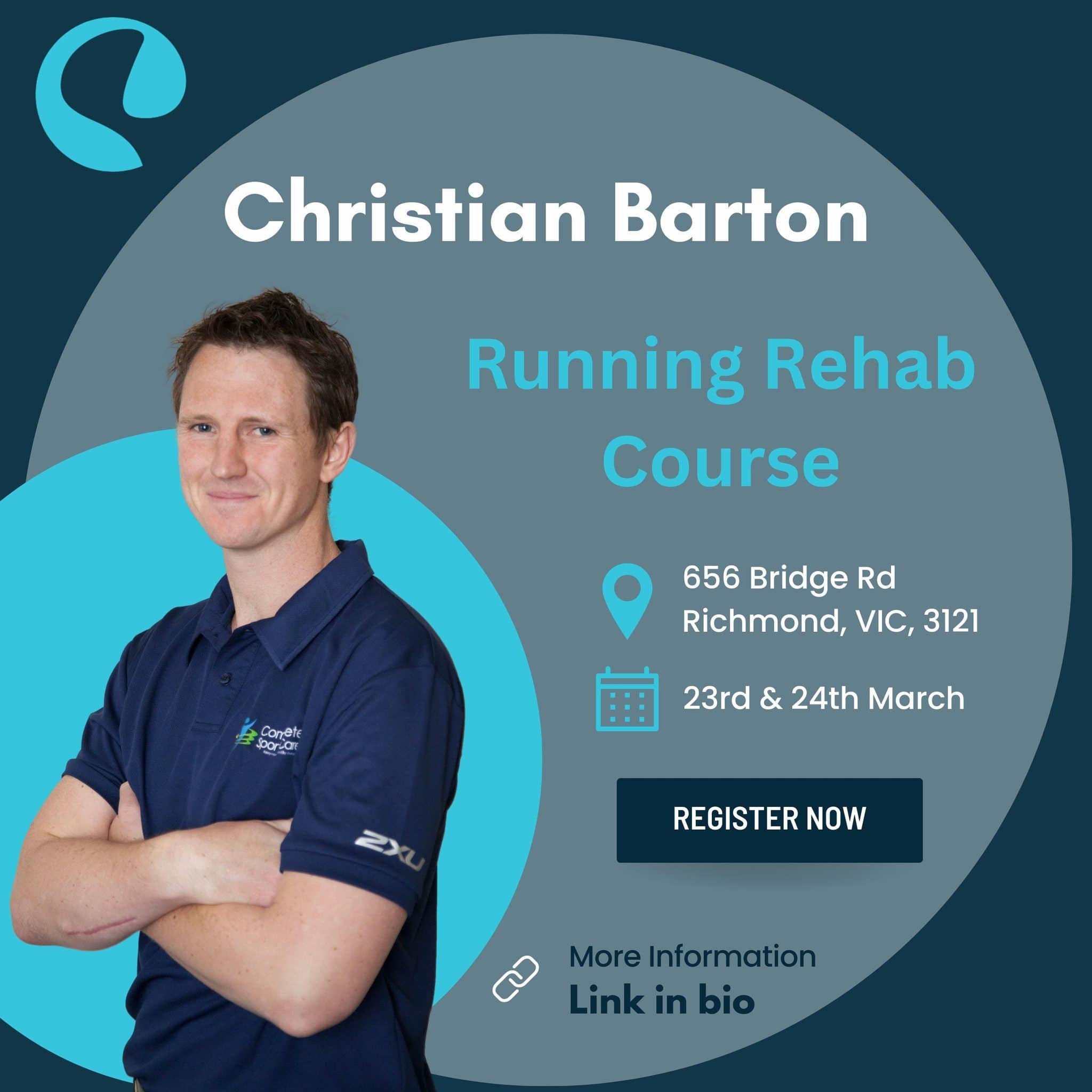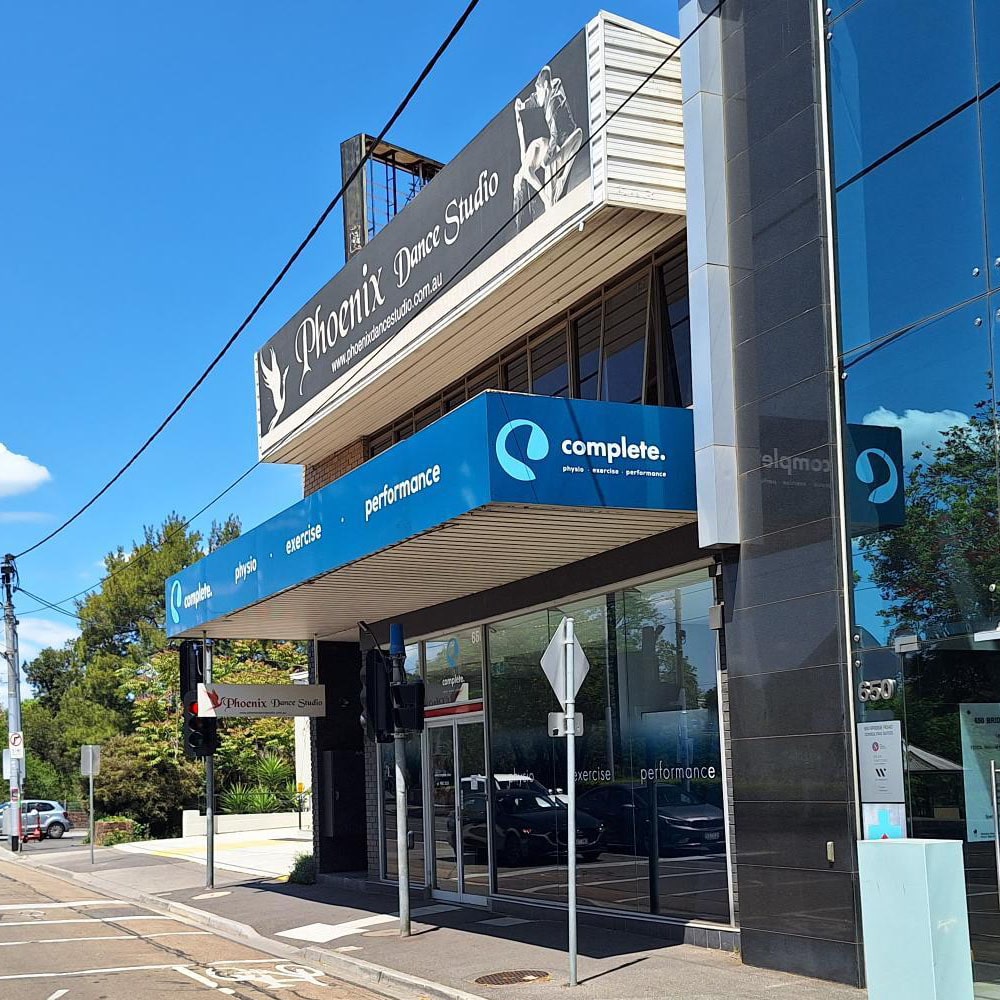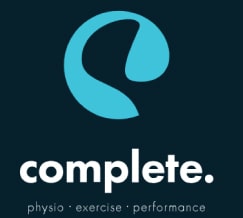Running Rehab Course
Tutor: Dr Christian Barton, PhD, BPhysio (Hon)
In this course, Christian will give you the skills and knowledge to diagnose and manage injured runners. The course explores lower limb biomechanics, provides an overview of how biomechanics can link to injury, and how to identify and address them through running retraining and exercise in the clinic. The evidence behind and practical application of running retraining, exercise, footwear and other adjunctive interventions are explored in relation to both injury and performance.




